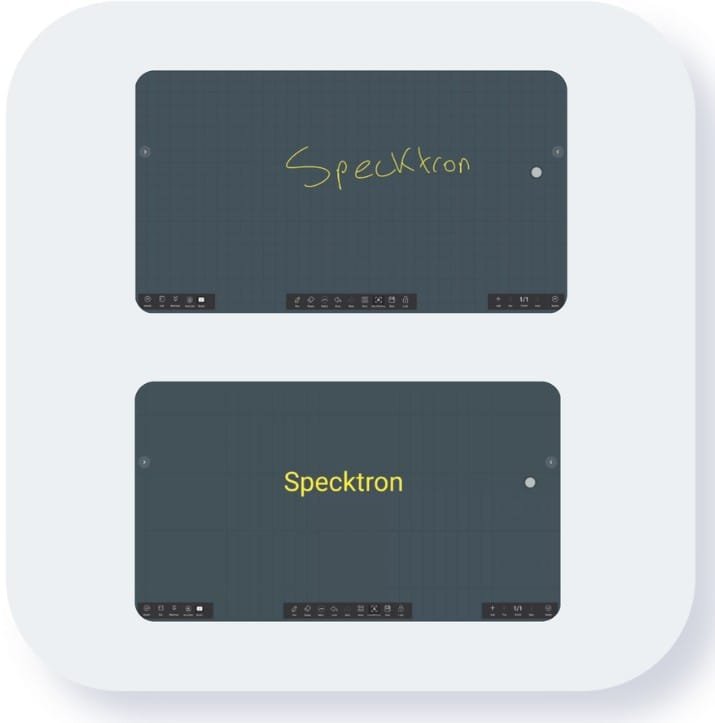Managing complex projects often feels like juggling multiple moving parts at once—deadlines, team members, tasks, files, feedback, and more. Without a clear system in place, it’s easy for everything to spiral into confusion. That’s where digital whiteboards come in.
Digital whiteboards provide a powerful solution to this challenge, offering an intuitive and visual way to bring structure to scattered ideas. Whether you’re working in a corporate setting, managing a remote team, or leading a creative project, these tools help you transform project chaos into clarity—step by step.
In this article, we’ll explore how digital whiteboards work, the benefits they bring to complex project management, and tips for using them effectively.
What Is a Digital Whiteboard?
A digital whiteboard is a virtual, collaborative canvas that enables users to write, draw, map out ideas, and organize information in real-time. Unlike traditional whiteboards, they are accessible from any device and offer a much larger, flexible workspace. You can add text, diagrams, sticky notes, timelines, images, and more—making them ideal for visualizing and managing multi-layered projects.
Why Projects Get Chaotic
Before diving into how digital whiteboards help, it’s important to understand what makes complex projects so overwhelming:
- Multiple stakeholders with different responsibilities
- Tasks and timelines that span weeks or months
- Unclear objectives or changing project scope
- Scattered documentation and feedback
- Difficulty tracking progress in real-time
Without a centralized system, teams rely on fragmented tools—emails, spreadsheets, shared folders, and repeated meetings. This often leads to duplicated work, missed deadlines, and confusion about priorities.
How Digital Whiteboards Bring Clarity
Digital whiteboards act as a central hub where all project components can be visually organized and easily accessed. Here’s how they simplify complex project management:
Visual Project Mapping
Digital whiteboards allow you to visually lay out your project from start to finish. This can include:
- Project goals
- Milestones
- Dependencies
- Assigned roles
- Timelines
Seeing the big picture helps teams understand how their tasks fit into the overall workflow and reduces confusion around priorities.
Real-Time Collaboration
With built-in collaboration features, team members can contribute to the whiteboard simultaneously, regardless of location. This is especially useful for remote or hybrid teams working across time zones.
You can co-edit boards in real time, leave comments, host planning sessions, and track changes over time. It becomes much easier to align everyone around shared goals and deadlines.
Organized Information and Documentation
Digital whiteboards can serve as a central place for everything related to a project. You can organize your board into sections such as:
- Research and reference materials
- Task lists and priorities
- Meeting notes and agendas
- Stakeholder feedback
Everything stays in one place, and everyone involved in the project can find what they need quickly—no more digging through folders or long email threads.
Adaptable Layouts and Templates
Every project is different. Some may need a structured roadmap, while others require freeform brainstorming. Digital whiteboards offer the flexibility to:
- Create custom layouts
- Use drag-and-drop elements
- Apply templates for task planning, workflows, or content mapping
This adaptability means the board can evolve with your workflow as the project grows.
Clear Task Assignment and Progress Tracking
You can assign tasks directly on the board using labels, names, and due dates. Visual indicators, like colors or icons, help highlight:
- Priority items
- Completed tasks
- Pending approvals
This simplifies the delegation process and enables managers to monitor progress without needing a separate tool.
Seamless Integration With Other Tools
Most digital whiteboards integrate with communication, file-sharing, and task management platforms. This reduces the need to switch between tools and ensures updates are synchronized across systems.
Real-Life Scenarios: Organizing Projects With Digital Whiteboards
Marketing Campaign Planning
A team preparing a multi-channel marketing campaign can use a digital whiteboard to:
- Set goals and performance metrics
- Plan content for different platforms
- Track production and publishing timelines
- Collaborate on messaging and visuals
This creates a unified space for the entire marketing workflow.
Product Development
Product teams use digital whiteboards to manage complex development cycles. They can:
- Design feature roadmaps
- Map out user journeys
- Plan development sprints
- Track bugs and testing results
The board becomes a shared resource for designers, developers, and stakeholders.
Event Management
For planning events or large meetings, digital whiteboards help manage:
- Venue details and logistics
- Speaker schedules
- Budget tracking
- Promotion plans and deadlines
Each team—logistics, marketing, creative—can stay in sync using the same collaborative space.
Best Practices for Using Digital Whiteboards in Complex Projects
To get the most from your digital whiteboard, keep these best practices in mind:
Start With a Clear Structure
Begin your board with an outline of the project’s main phases. Use sections or frames to separate planning, execution, and review stages.
Keep It Simple and Visual
Use color coding, symbols, and brief notes to represent ideas and actions. Too much text can clutter the board and reduce clarity.
Update Regularly
Treat your board as a living document. Review and update it during meetings or check-ins to ensure it remains current and useful.
Manage Access
While collaboration is key, control who can edit the board to prevent accidental changes. Use view-only access for clients or external stakeholders when needed.
Reflect and Improve
At the end of a project, use the board to reflect on what worked and what didn’t. This insight can guide improvements in future workflows.
Advantages of Using Digital Whiteboards
Digital whiteboards offer several benefits that make them ideal for managing complex projects:
- They provide a centralized workspace where all project details are easily accessible.
- Visual organization makes it easier to understand workflows and dependencies.
- Real-time collaboration ensures all team members are on the same page.
- They are flexible and adaptable to various types of projects.
By simplifying communication and planning, they increase overall productivity.
Conclusion
Complex projects don’t have to lead to confusion. With the right systems in place, teams can turn disorganized information and scattered communication into a focused, collaborative effort. Digital whiteboards play a key role in making this transition possible.
By creating a shared, visual space for project planning, task tracking, and collaboration, digital whiteboards empower teams to stay aligned and move forward with confidence. From initial brainstorming to final delivery, they support every phase of the process—helping turn chaos into clarity.






Leave a Reply